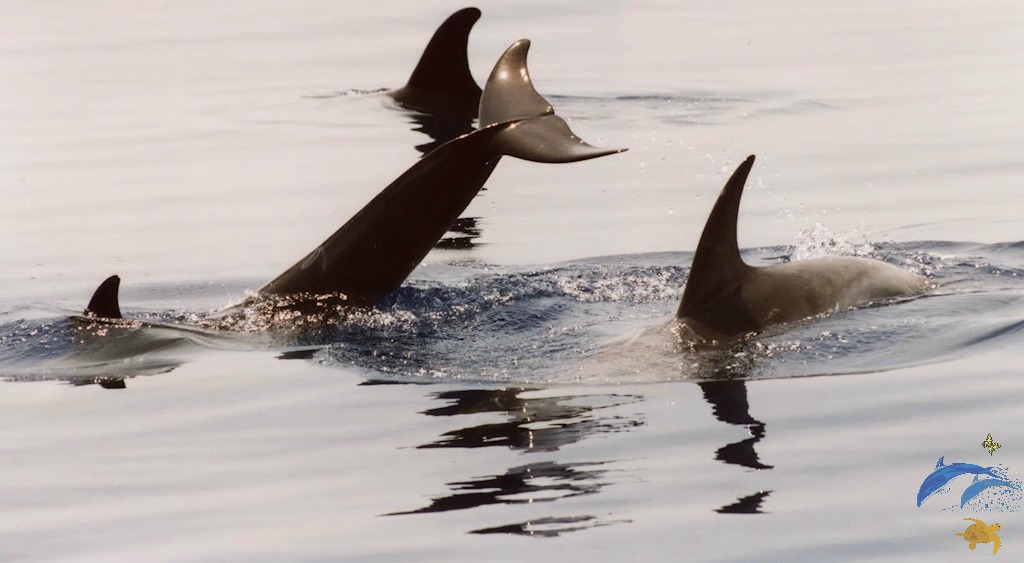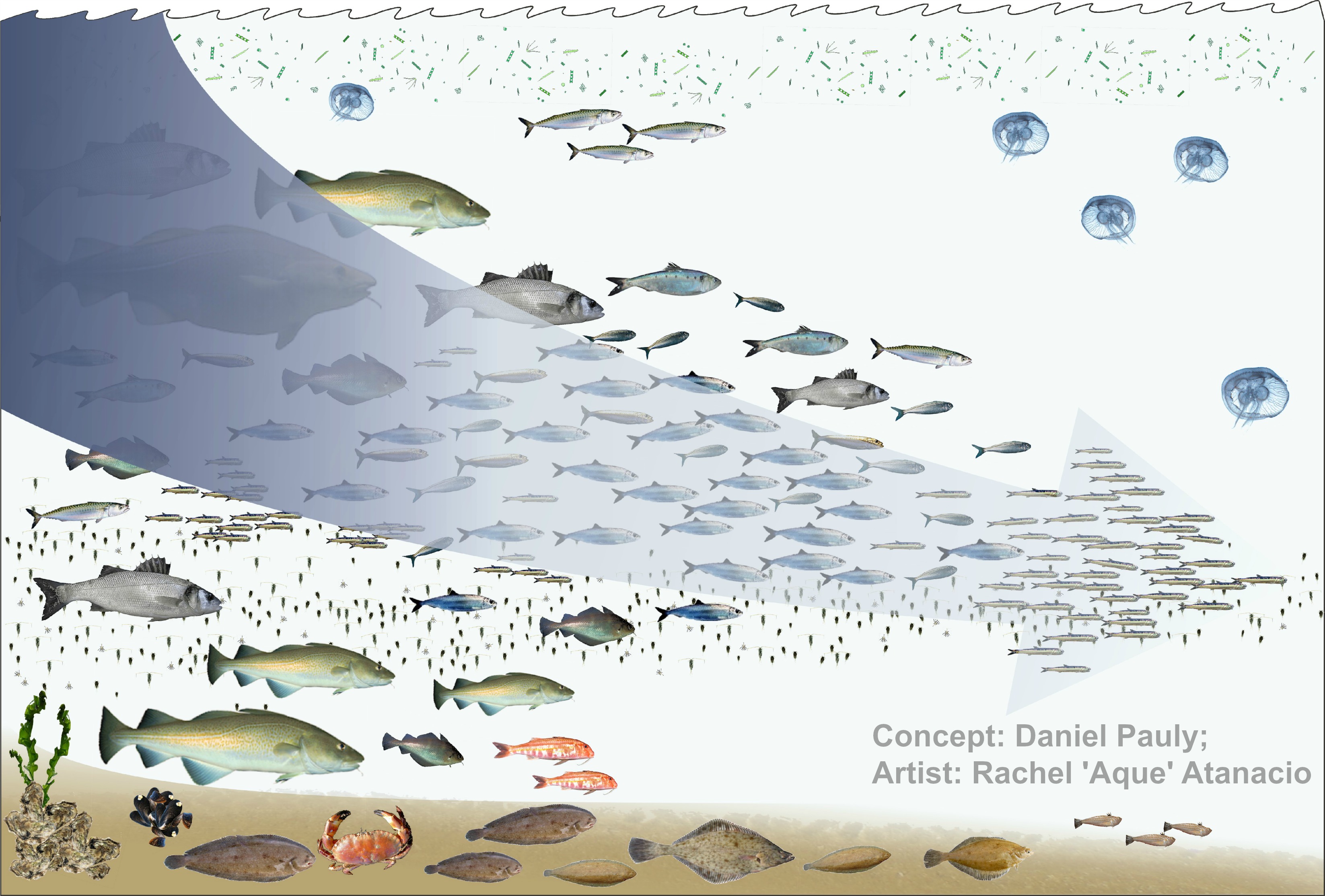Understanding and Conserving Biodiversity
By
The Biological Conservation Research Foundation (BICREF)
on
The International Biodiversity Day, 22nd of May 2014
Biodiversity – is in actual fact, our life-line, our goods and services, our present and future natural capital, our source for heritage and cultural development which has shaped societies in thousands of ways from providing necessities of food, water and air to providing inspirations for artistic, engineering, medical and scientific creations. It is appropriate to have a day dedicated to celebrate such important constituents of our lives.
The terms “Biological Diversity” refer to all life on Earth, from the smallest bacteria to the largest whale. In more detail, biodiversity represents diversity of genes, species and ecosystems which constitute the immense array of living options and dynamics on our planet Earth.
The theme “Island Biodiversity” was chosen for 2014 by the UN “to strengthen the implementation of the Programme of Work on Island Biodiversity”.
The UN report that “Islands and their surrounding near-shore marine areas constitute unique ecosystems often comprising many plant and animal species that are endemic—found nowhere else on Earth. The legacy of a unique evolutionary history these ecosystems are irreplaceable treasures. Island ecosystems also contribute to the maintenance of ecosystem functions: they provide defence against natural disasters, support nutrient cycling, and soil and sand formation; and they contribute to the regulation of climate and diseases. The components of biodiversity and the ecosystem services they provide is all the more critical on islands. Island economies are among the most vulnerable of the developing countries, considering the relative lack of economic alternatives available” (https://www.cbd.int/idb/).
 The Mediterranean is also considered a hotspot for biodiversity and our Maltese islands have been shown to contribute to such important and unique biodiversity through ongoing conservation biology research by the Conservation Biology Research Group of the University of Malta and assisting volunteers of the Biological Conservation Research Foundation (BICREF). These conservation science groups recognise the need for an EU policy that formulates all encompassing regulations that would address the vulnerability of small island member states to maritime issues and problems. They recognise the need to strive for sustainable development research, amongst other things, through conservation science – especially the conservation of marine biodiversity at genetic, species and ecosystem levels. This is particularly so for the Maltese Islands, since island biodiversity is not only of vital importance to island dwellers but are as the UN report “repositories of genetic information whose present-day biodiversity stands as a record of millions of years of evolution. This biodiversity has an inherent value to humankind the world over”.
The Mediterranean is also considered a hotspot for biodiversity and our Maltese islands have been shown to contribute to such important and unique biodiversity through ongoing conservation biology research by the Conservation Biology Research Group of the University of Malta and assisting volunteers of the Biological Conservation Research Foundation (BICREF). These conservation science groups recognise the need for an EU policy that formulates all encompassing regulations that would address the vulnerability of small island member states to maritime issues and problems. They recognise the need to strive for sustainable development research, amongst other things, through conservation science – especially the conservation of marine biodiversity at genetic, species and ecosystem levels. This is particularly so for the Maltese Islands, since island biodiversity is not only of vital importance to island dwellers but are as the UN report “repositories of genetic information whose present-day biodiversity stands as a record of millions of years of evolution. This biodiversity has an inherent value to humankind the world over”.
Integrating the great multitude of human needs with biodiversity needs is not easy and demands science that is interdisciplinary in nature, like conservation biology is, to assist development of policies and management that have a long-term focus as much as considering immediate needs. This subject area has been developing locally and Dr. Vella has been instrumental in developing educational courses and research projects locally and abroad.
The Conservation Biology Research Group (CBRG) in collaboration with various entities, such as, BICREF volunteers,the AFM, Transport Malta, Fishermen, SCUBA centres and sea-users, has been for many years developing long-term monitoring efforts to promote data collection for scientific research and effective conservation management.
The CBRG has locally pioneered, since 1998, the first conservation genetics research projects focusing on various species, including Bluefin tuna, sharks, rays, Dusky groupers, crustaceans, echinoderms, molluscs, coastal fish, etc. This research group led by Dr. Adriana Vella has also launched long-term field research projects on dolphins, whales, turtles, sharks and rays and many other species that had never been studied before in their own environment in such detail before these projects started in 1997. Many other species have been studied as part of this ongoing marine biodiversity conservation project.
 Biodiversity research does not just entail the discovery of species present in or around our islands but deserves detailed research starting of from actual field work to laboratory investigations and analyses which use the latest techniques in molecular genetics. The CBRG has uniquely developed the whole extent of biodiversity research needs even though funds have been limited at the University to undertake such necessary and ambitious task. One cannot risk reporting declines or extinctions of species when these are not indeed so, same way, one cannot assume abundance of natural resources when indeed the dynamics and genetics of the populations are not even well known. Unfortunately short-cuts in assessments leading to superficial conclusions may have long-lasting repercussions for the future of our biodiversity. May this International day dedicated to Biological Diversity allow us to consider more seriously the significance of safeguarding this vital resource effectively, allowing us to reach the 2020 target with the scientific knowledge that may improve policy structures and management strategies.
Biodiversity research does not just entail the discovery of species present in or around our islands but deserves detailed research starting of from actual field work to laboratory investigations and analyses which use the latest techniques in molecular genetics. The CBRG has uniquely developed the whole extent of biodiversity research needs even though funds have been limited at the University to undertake such necessary and ambitious task. One cannot risk reporting declines or extinctions of species when these are not indeed so, same way, one cannot assume abundance of natural resources when indeed the dynamics and genetics of the populations are not even well known. Unfortunately short-cuts in assessments leading to superficial conclusions may have long-lasting repercussions for the future of our biodiversity. May this International day dedicated to Biological Diversity allow us to consider more seriously the significance of safeguarding this vital resource effectively, allowing us to reach the 2020 target with the scientific knowledge that may improve policy structures and management strategies.
The non-profit volunteer eNGO, BICREF (VO/0060), has been at the fore in promoting biodiversity conservation and to bring biodiversity in every home through its educational documentaries for local TV since 2002. It continues with its efforts through the dedicated work of its local and foreign volunteers who join various projects, including work in the field, both on land and out at sea.
To consider possible monitoring and consequences on our marine biodiversity from ongoing human activities along our coasts, BICREF has been collaborating with SCUBA diving centres to promote reports on a cross-section of marine species. A citizen science project launched in the year 2000. This effort has revealed that while certain species are increasing others have been decreasing drastically. Studies on fisheries and their landing statistics by the CBRG also found that there are declines in many fish stocks exploited locally, the causes for these declines may be various pointing towards the need for fisheries research and management which involve the fishermen too.
One would therefore need to consider local and regional findings in the light of discoveries by scientists of international repute, such as Dr. Daniel Pauly and his team, that have indicated for some time that the larger, more valuable predatory fish, such as tuna, cod and grouper, have been systematically overfished, with the result that fishing effort was shifting to less desirable species further down the food chain.  This ‘fishing down the food web,” wrote Dr. Pauly, would in time reduce marine biodiversity. Other researchers have also shown that “fishing down” also applies to regions such as the Mediterranean sea and results in the reverse of the usual evolutionary sequence, where a gradual loss of large organisms, species diversity, and structural diversity, and a gradual replacement of marine mammals and bony fishes by more primitive groups such as invertebrates, notably jellyfishes, would be observed.
This ‘fishing down the food web,” wrote Dr. Pauly, would in time reduce marine biodiversity. Other researchers have also shown that “fishing down” also applies to regions such as the Mediterranean sea and results in the reverse of the usual evolutionary sequence, where a gradual loss of large organisms, species diversity, and structural diversity, and a gradual replacement of marine mammals and bony fishes by more primitive groups such as invertebrates, notably jellyfishes, would be observed.
Nature exploitation is only one of the series of factors affecting biodiversity in our waters. T here are various other influential factors to consider including increasing types of pollution, disturbances, traffic and climate change impacts on the marine environment which add pressure. With all this in mind we may realise why the Marine Strategy Framework Directive will demand and depend on rigorous science and long-term data to really plan an effective way forward and to achieve conservation of biodiversity.
here are various other influential factors to consider including increasing types of pollution, disturbances, traffic and climate change impacts on the marine environment which add pressure. With all this in mind we may realise why the Marine Strategy Framework Directive will demand and depend on rigorous science and long-term data to really plan an effective way forward and to achieve conservation of biodiversity.
“The aim of the European Union’s ambitious Marine Strategy Framework Directive is to protect more effectively the marine environment across Europe. The Marine Directive aims to achieve Good Environmental Status (GES) of the EU’s marine waters by 2020 and to protect the resource base upon which marine-related economic and social activities depend. It is the first EU legislative instrument related to the protection of marine biodiversity, as it contains the explicit regulatory objective that “biodiversity is maintained by 2020”, as the cornerstone for achieving GES.” (http://ec.europa.eu/environment/marine/eu-coast-and-marine-policy/marine-strategy-framework-directive)


